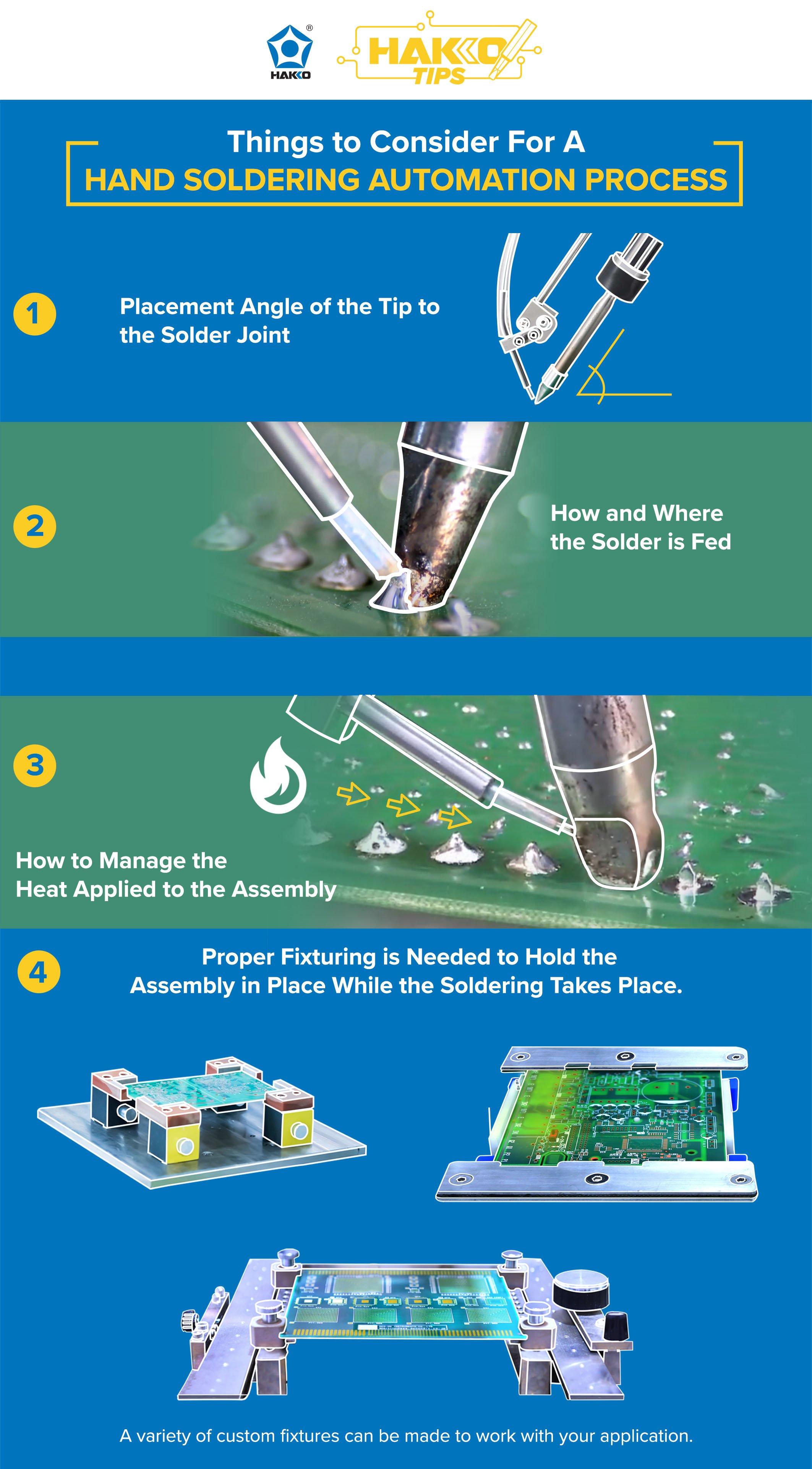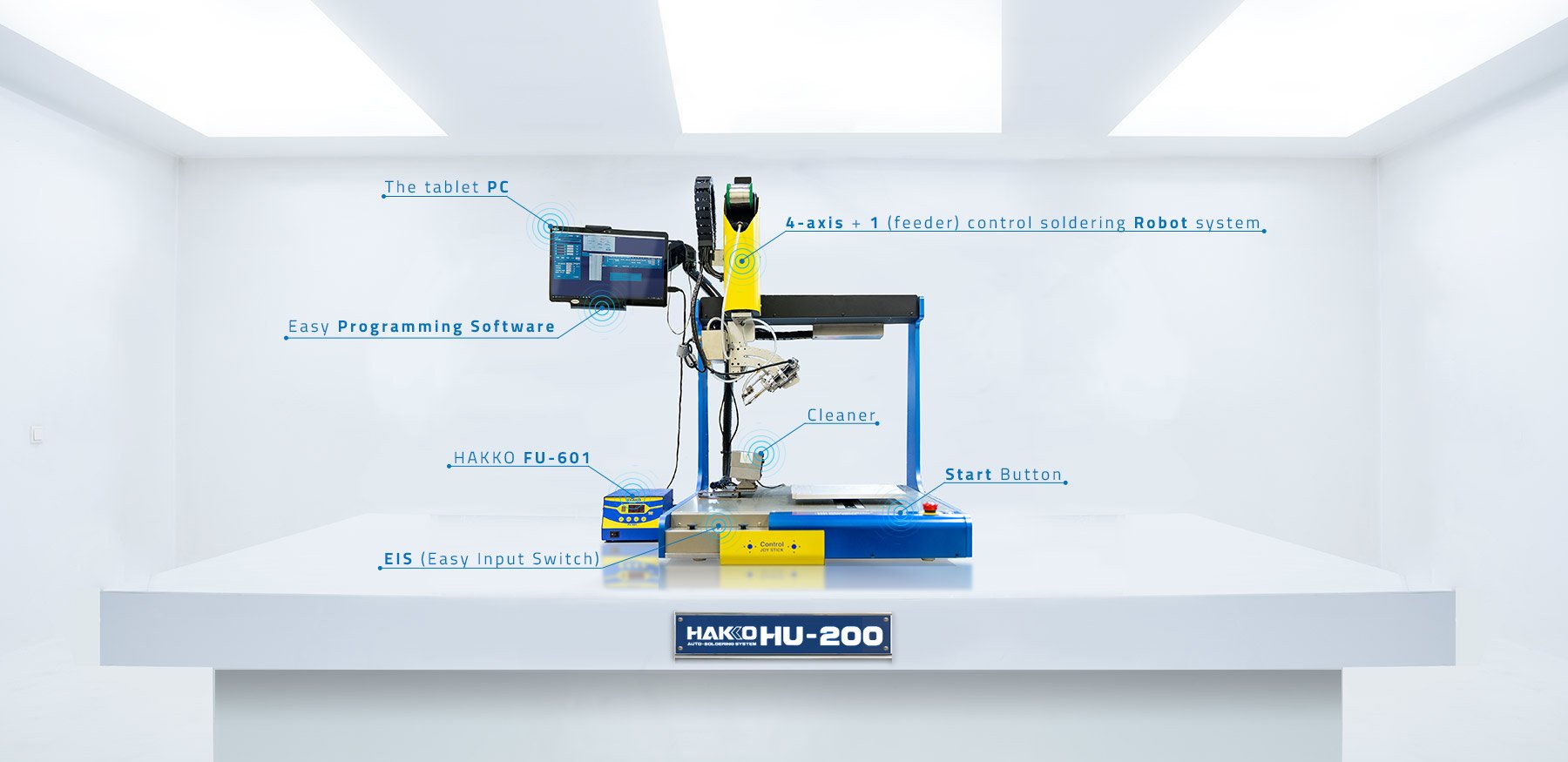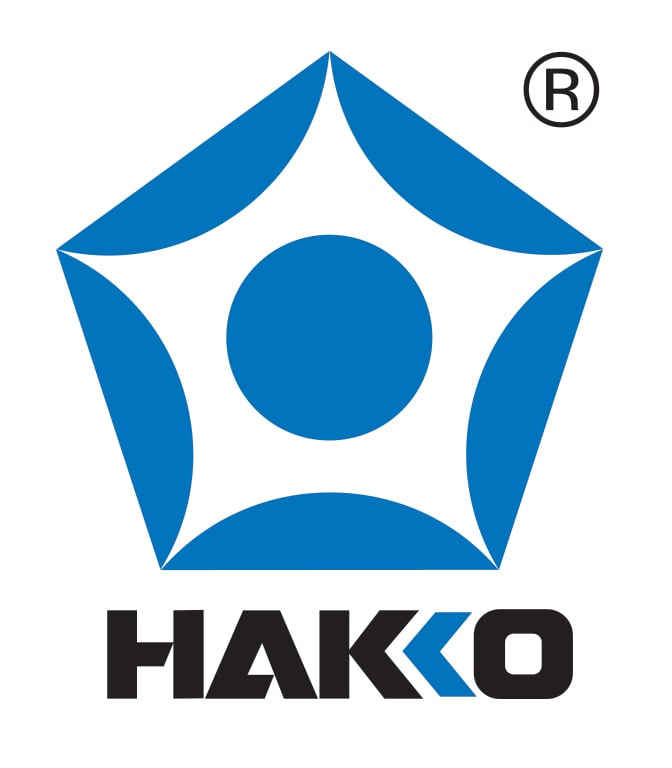We use cookies to make your experience better. To comply with the new e-Privacy directive, we need to ask for your consent to set the cookies. Learn more.
The Rise of Hand Soldering Automation

When Industry 4.0 standards first rolled out to the electronics manufacturing industry, there was already an infrastructure for data acquisition of the key process indicators most organizations monitored for effective operations. As automated systems came on line to work with this data and with the implementation of artificial intelligence to crunch the data collected, assembly lines were now able to make process adjustments in real-time upstream to keep the overall process in tune.
When it comes to the hand soldering process however, automation has been limited. Most major manufacturers of soldering equipment have either soldering components to integrate with various automation components and/or platforms, or have complete turn-key systems. They are all designed to improve repeatability in the hand soldering process.

Organizations find benefits of implementing these automated systems in that they help increase productivity and can provide a consistent process with regards to dwell time and solder feeds for the various solder joints that you would find on an assembly. This consistency allows the organization to better predict soldering iron tip and wire solder consumption and mitigates the rework that may be occurring on the assembly line in a manual process. The consistency of operation also reduces the need for any touch up work, provided the process is set up properly. Automation of hand soldering also helps reduce the need for training hand soldering technicians and the loss of the investment if the technician leaves your organization for another.
A common question we have been receiving from the market more and more each month is, “Can your system solder my assembly?” The question gets asked because so many small and mid-sized EMS providers are looking to take advantage of automation, but don’t know the capabilities and limits to hand soldering automation.
It is fair to say that anything you can solder by hand can be soldered by an automated system, but how that happens requires an understanding of what exactly the hand soldering technician is doing.
Placement angle of the tip to the solder joint, how and where the solder is fed, how to manage the heat applied to the assembly, and how to hold the parts in place during assembly are all important. The most difficult is the fixture needed to hold the assembly in place while the soldering takes place. The automated systems will consistently move to given points in the X, Y, and Z planes but if the board shifts, maybe due to the CTE of the fixture, or leads are protruding at an inconsistent angle, then the true position for the soldering iron to make an effective solder joint has now changed and with the pad sizes found on the assemblies today, that could be as much as half the pad.

Organizations find benefits of implementing these automated systems in that they help increase productivity and can provide a consistent process with regards to dwell time and solder feeds for the various solder joints that you would find on an assembly. This consistency allows the organization to better predict soldering iron tip and wire solder consumption and mitigates the rework that may be occurring on the assembly line in a manual process. The consistency of operation also reduces the need for any touch up work, provided the process is set up properly. Automation of hand soldering also helps reduce the need for training hand soldering technicians and the loss of the investment if the technician leaves your organization for another.
A common question we have been receiving from the market more and more each month is, “Can your system solder my assembly?” The question gets asked because so many small and mid-sized EMS providers are looking to take advantage of automation, but don’t know the capabilities and limits to hand soldering automation.
It is fair to say that anything you can solder by hand can be soldered by an automated system, but how that happens requires an understanding of what exactly the hand soldering technician is doing.
Placement angle of the tip to the solder joint, how and where the solder is fed, how to manage the heat applied to the assembly, and how to hold the parts in place during assembly are all important. The most difficult is the fixture needed to hold the assembly in place while the soldering takes place. The automated systems will consistently move to given points in the X, Y, and Z planes but if the board shifts, maybe due to the CTE of the fixture, or leads are protruding at an inconsistent angle, then the true position for the soldering iron to make an effective solder joint has now changed and with the pad sizes found on the assemblies today, that could be as much as half the pad.

As a good rule of thumb if you are considering automation of the hand soldering process, it is best to ask yourself the following questions:
Is the target for the solder joint easy to reach?- Is the pad size greater than 1mm in diameter?
- Is the lead protruding from the solder source side in a consistent position?
- Do I have a fixture that can hold the assembly in a consistent location?
If you can answer yes to these simple questions, then automation of the hand soldering process may be worth investigating.
The Hakko HU-200 is a 4 axis robotic soldering system equipped with a 260W high power soldering iron with over 40 different tip selections to choose from. The HU-200s use of its own joystick controls, easy input button, and easy to program software enable the user to create and work on various soldering applications using point soldering or drag soldering methods.
As a good rule of thumb if you are considering automation of the hand soldering process, it is best to ask yourself the following questions:
- Is the target for the solder joint easy to reach?
- Is the pad size greater than 1mm in diameter?
- Is the lead protruding from the solder source side in a consistent position?
- Do I have a fixture that can hold the assembly in a consistent location?
If you can answer yes to these simple questions, then automation of the hand soldering process may be worth investigating.

The Hakko HU-200 is a 4 axis robotic soldering system equipped with a 260W high power soldering iron with over 40 different tip selections to choose from. The HU-200s use of its own joystick controls, easy input button, and easy to program software enable the user to create and work on various soldering applications using point soldering or drag soldering methods.
For additional information, visit us at www.HakkoUSA.com or contact us at 1-800-88-HAKKO (42556) and at [email protected].
-HakkoUSA
